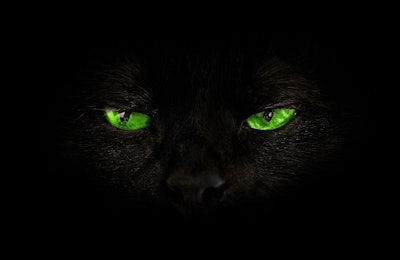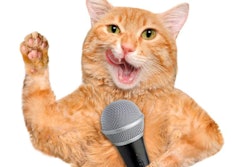
A lyric in the Johnny Cash song “Mean-Eyed Cat” captures a moment of change in Americans’ attitudes toward pet food and reflects current global cat food trends.
In the song, Cash lamented that he gave his significant other money for groceries. However, she bought a hat and “some store-bought cat food,” which led to an argument and several more verses. What struck me is that Cash would think to mention that the cat food was store-bought. Seventy years ago, commercial cat food was still something of a novelty and a luxury.
Cultural change and store-bought cat food
In 1955, when Cash’s wrote that song, the role of cats was changing from barn protector to lap pet. Following World War II, many returned soldiers settled into suburbs and made the Baby Boom happen. As the post-war economy also boomed, people had money to spend on the family dog and house cats.
Dogs and cats accompanied people to the suburbs and cities. Pets increasingly lived inside houses more frequently than back on the farm, and started to become more like members of the family to a wide range of people. At the same time, social and scientific changes were transforming the way people viewed the health of each other and the rest of the planet, including animals. The U.S. mass market for pet food grew as people gained access to competing brands of nutritiously balanced pre-made kibble and canned dog and cat food.
Now, while the urbanization and pet humanization trends continue in the U.S., many other regions of the world are undergoing similar economic and societal transformations as middle classes grow and move into cities. People have money to spend on store-bought cat food. Especially cat food, since consumer data analysts have noted that cats and small dogs are increasingly preferred by urbanites the world over.
By 2050, the United Nations projects that 68% of the world’s population will live in cities, up from 55% in 2018. In many nations, internal migrations occur as people leave family farms for jobs or education in cites.
Urbanites still want the camaraderie and other health benefits of animal companions. However, large, active dogs don’t do well in cramped city apartments. Pet owners have responded to this situation in similar ways around the world. Small breed dogs and cats have grown in popularity as urban centers have grown in population, increasing purchases of small packages for diminutive dogs and compact cats.
Like Johnny Cash, many can sing:
“…Now we're curled up on the sofa.
Me and her and that mean-eyed cat.”
















